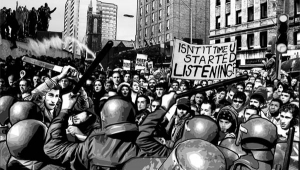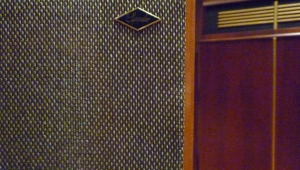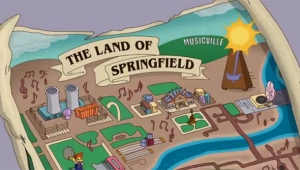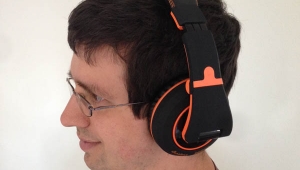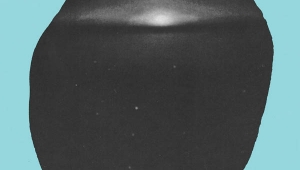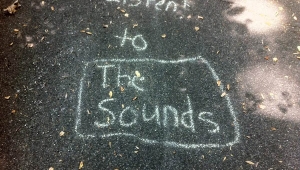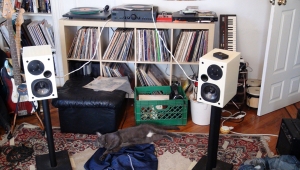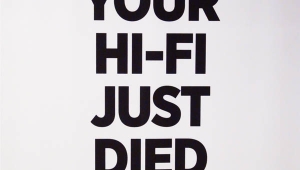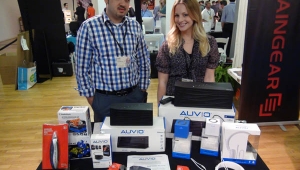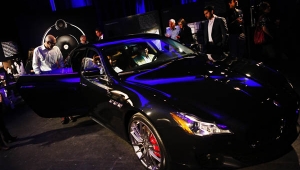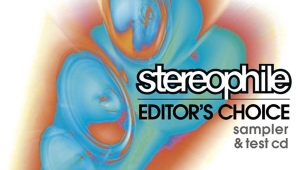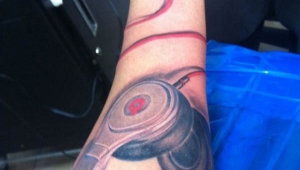| Columns Retired Columns & Blogs |
... even before watching this video.
Thanks, John. I'm learning a lot in this course. It's what I needed to dip my toe in these waters.
I was thinking about the mic techniques I've read you use, and of recording just two tracks (since Amadeus only handles 2 tracks). Of course that wouldn't work for everything but it sure does seem simpler than even a fraction of what multi-tracking seems to require.




